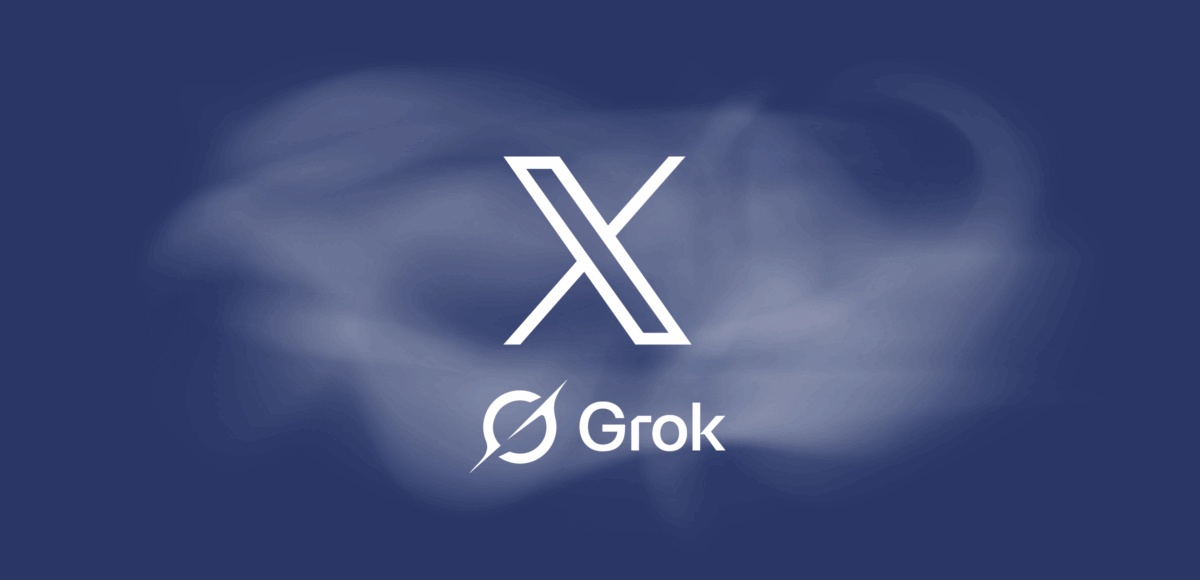Your Media Plan is Still Yours – Until it Isn’t
By Lior Fisher | August 28, 2025

Earlier this month, Elon Musk introduced Grok as the engine behind X’s future in advertising. An autonomous system, powered by a proprietary AI, designed to handle targeting, creative optimization, brand safety, and delivery – all with minimal human input.
The pitch is clarity and control at scale..the reality, for many brands, has been closer to guesswork in a closed box.
Advertisers who’ve tested the system describe a lack of transparency. Performance didn’t justify the promise. And when questions were raised, few answers followed.
This wasn’t the failure of a product launch.
It was a glimpse into a larger shift happening across the industry.
Platforms aren’t offering AI support. They’re building AI control.
More and more, platforms are presenting AI not as an assistant to media strategy, but as its replacement. They’re training systems to manage spend, determine placement, and shape messaging – and then asking brands to step back.
It’s framed as efficiency.
But what it really does is consolidate decision-making where visibility is thinnest.
These systems rarely provide context. They don’t expose what data was used to guide their choices. They’re trained on internal feedback loops and operate within platform-specific logic. They optimize for what’s measurable inside their ecosystem – not what aligns with the brand’s broader strategy.
That creates a subtle, but critical, shift. Advertisers aren’t simply delegating tasks..they’re handing over understanding.
Fluency isn’t the same as strategy
Tools like Grok are designed to act quickly. They move spend, rewrite copy, and generate results dashboards in real time. But their speed masks a gap in perception.
They don’t evaluate sentiment drift across content.
They can’t track user attention through friction-heavy layouts.
They don’t compare performance across environments.
And they aren’t built to show you where your competitors are – or how you stack up.
What they offer is automation.
What they lack? perspective.
Alignment requires more than outputs
The more control platforms assume, the less visibility brands retain.
When you rely on a system you can’t interrogate, you lose the ability to adapt. You lose the nuance behind the numbers. And you risk building campaigns that succeed in metrics – while missing in market.
Autonomy without insight = dependency.
The media landscape is changing so fast, and that kind of dependability comes at a price.
Smarter AI begins with shared ground
If AI is going to act on behalf of advertisers, the foundation matters.
Systems that are trained on isolated platform data, fed through internal taxonomies, and tuned to optimize within a self-contained loop will always reach limits.
The systems that drive real value are the ones that see clearly – across formats, across signals, across competition.
And the brands that stay ahead won’t be the ones who automate first.
They’ll be the ones who understand what the systems they’re using understand..and what they don’t.
Latest Articles
-

Visibility Multiplies – But Only If You Measure What Matters
Visibility doesn’t guarantee impact. New research reveals that mentions (not backlinks) drive visibility in AI search, and the same principle applies to media performance. When advertisers focus on attention and context, visibility doesn’t just show up—it multiplies.
View Now -

You Get What You Surface: How GPT-5 Exposed the Quiet Power of Defaults
The GPT-5 rollout quietly exposed how much defaults shape trust, perception, and engagement. When technology changes without context, even progress can feel like loss. In AI and advertising alike, it’s a reminder that the way we present intelligence — not just how we build it — determines what people understand, value, and believe.
View Now -

What Sales Got Right About Competitive Intelligence – and Why It’s Time for Advertisers to Catch Up
In sales, competitive intelligence became second nature — the reason teams know why deals were won or lost. Advertisers, on the other hand, are still optimizing in the dark. It’s time to bring the same discipline to marketing, and finally see beyond surface-level metrics.
View Now
